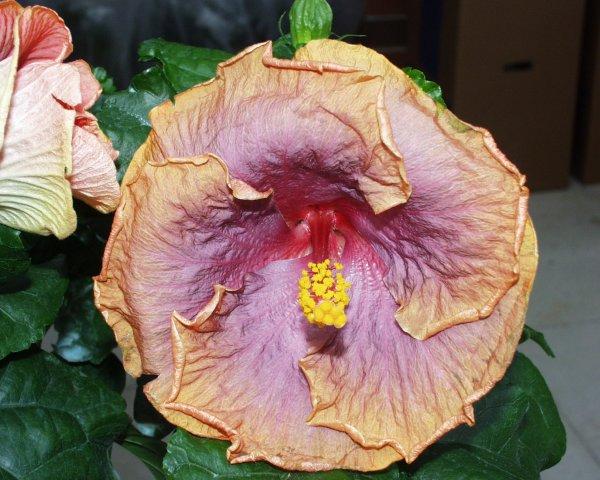Hibiscus

Scientific Name
Hibiscus spp.
Geographical Considerations
Will this plant grow in my area?
View this image below in landscape mode highly recommended
Hardiness Zones
5b to 9b
This plant is not native to Florida.
Yard Conditions
Will this plant grow in my yard?
Optimal Light
Hibiscus grows best in Full Sun.
Light Range
It performs in Partial Shade to Full Sun
Soil Texture
Sandy Loam
Soil Moisture
Well Drained to Medium Drained
Soil pH
Acid to Slightly Acid (4.5-6.5)
Salt Tolerance
Varies
DroughtTolerance
Medium
Wind Resistance
Not known
Toxicity
Not known
Nematode Tolerance
Not known
Appearance
What will it look like as it grows?
Plant Type
- Shrubs - Large
Plant Shape
- Spreading
- Upright
Leaf Persistence
Hibiscus is Deciduous
Spread
3-10 feet
Height
4-12 feet
Growth Rate
Moderate
Leaf Size
Medium
Leaf Texture
Fine
Flower Size
Medium
Flower Month
- March
- April
- May
- June
- July
- August
- September
- October
- November
Flower Color
- Pink
- Red
Plant Role for Butterflies
Nectar
Additional Detail
Except: Hibiscus tiliaceus | Use Hibiscus cannabinus with caution in North, Central, and South Florida | Select species based on site conditions; spring through fall flowers, color varies; some hibiscus injured by freezes in North Florida; susceptible to pests. Brown fruit. | Pests/Diseases: aphids, leaf spots, canker, japanese beetles | Attracts butterflies


